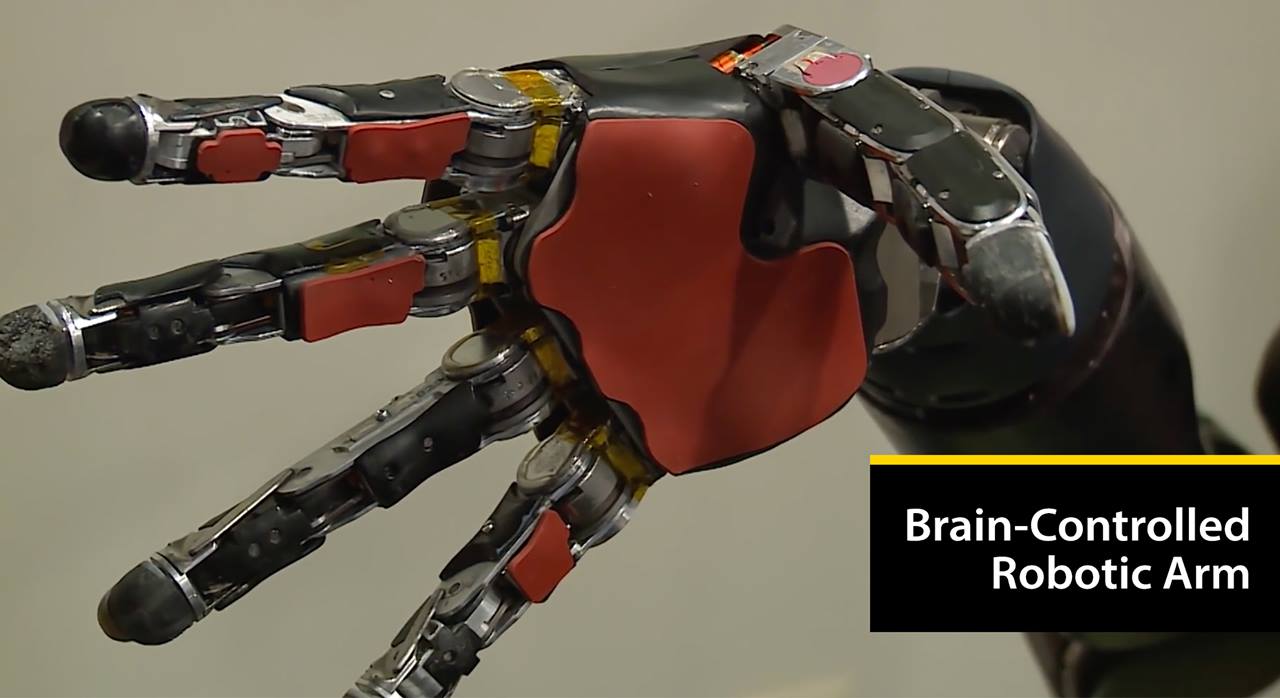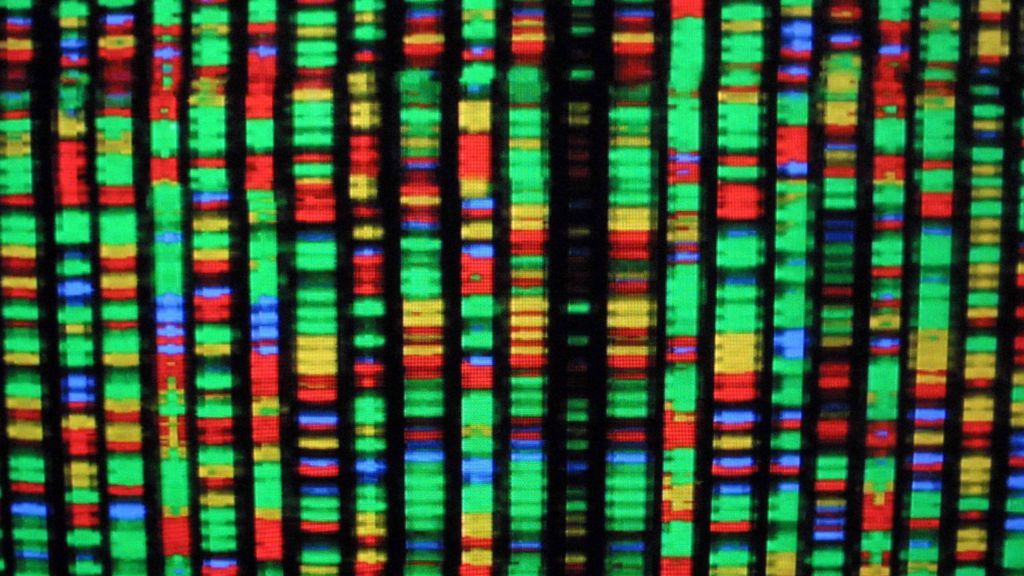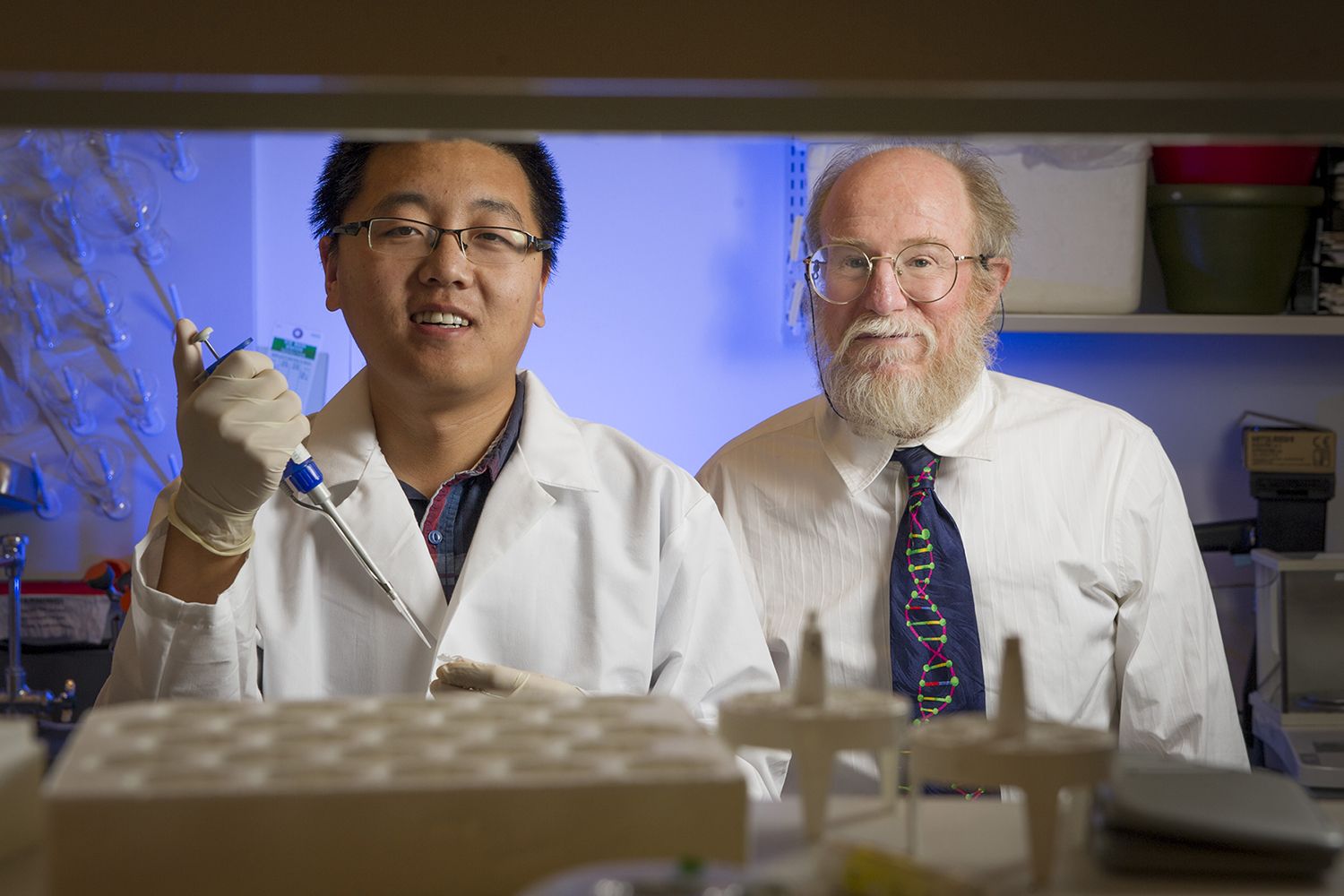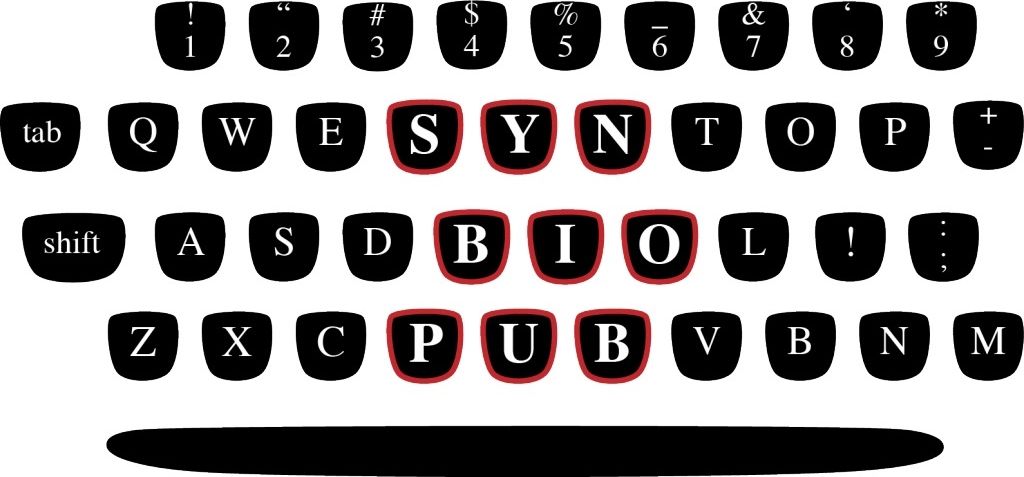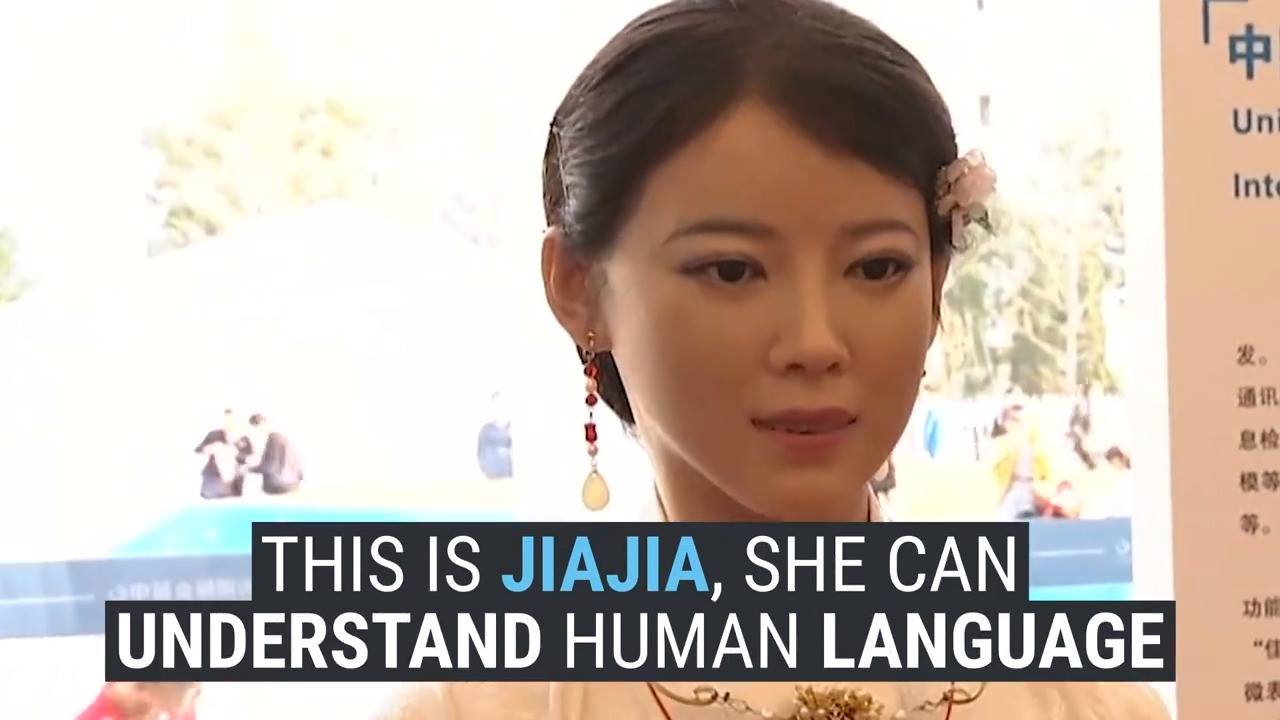Page 10777
Oct 28, 2016
Synthetic human genome project releases its draft timeline
Posted by Karen Hurst in category: biotech/medical
The research group behind an effort to synthesize a human genome this week released more information about its plans, including a draft white paper with a timeline of how the research might go.
It’s the latest step in the ambitious project, originally named “Human Genome Project-Write,” which came to light after a May meeting to discuss the building of large genomes from off-the-shelf parts.
Within a year, the international group will select one small-scale research project to kick off the effort, and start a “major effort to engage with representative members of the public,” according to the draft road map. By year five, it will “shift into high gear” and start tackling the creation of entire genomes — maybe human or maybe not, depending on feedback.
Oct 28, 2016
Invasion Of The Molecular Math Robots
Posted by Karen Hurst in categories: biotech/medical, mathematics, robotics/AI
SciWorks Radio is a production of 88.5 WFDD and SciWorks, the Science Center and Environmental Park of Forsyth County, located in Winston-Salem.
We’ve come a long way from stone tools. With great complexity, we manufacture things like jet airplanes, interplanetary probes, medical tools, and microprocessors. We build with a top-down approach, starting with a big picture concept which we then design and assemble in pieces.
Duke University professor of computer sciences, Dr. John Reif, notes that nature works from the bottom up to assemble complex structures in three dimensions.
Oct 28, 2016
PLOS Synthetic Biology Community
Posted by Karen Hurst in categories: bioengineering, biological
The field, or at least the widely used term, of synthetic biology (synbio) started nearly two decades ago. As the field has matured, two PLoS ONE papers have analyzed the publishing data to look at trends, language, and connections among synbio researchers. This data provides snapshots of who’s publishing, what kind of research is being published, when it’s being published, and where it’s being published. The question of why is certainly open for interpretation but the growth dynamics of synthetic biology publishing can give some sense of why a the term has stuck as a useful unifying term.
In 2012, researchers used Thomson Reuters Web of Science publishing data to map where people are publishing synbio research, how those people are connected, and who’s funding it. More recently, three French researchers also used data from the Thomson Reuters Web of Science to assess how synthetic biology the different areas of synthetic biology have grown and interacted.
Both of these papers draw interesting pictures of how new terms and ideas spread within an new umbrella term for a kind of research. Together these two papers paint give us some answers to the ‘Who, What, When, Where, & Why’ of synthetic biology.
Oct 28, 2016
World’s Smallest Extracellular Needle-Electrodes Developed
Posted by Karen Hurst in category: neuroscience
A tiny needle of 5-μm-diameter may help solve the mysteries of the brain and facilitate the development of a brain-machine interface.
Oct 28, 2016
Electrical currents can be now be switched on and off at the atomic scale
Posted by Karen Hurst in categories: computing, nanotechnology, particle physics
To all those who said it couldn’t happen for another 10+ years; this article is definitely for you.
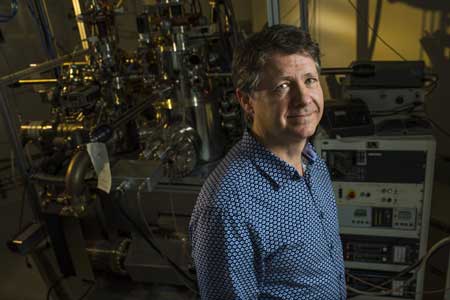
Robert Wolkow, University of Alberta physics professor and the Principal Research Officer at Canada’s National Institute for Nanotechnology, has developed a technique to switch a single-atom channel.
Continue reading “Electrical currents can be now be switched on and off at the atomic scale” »
Oct 28, 2016
First IEEE Conference on Rebooting Computing Focuses on Neuromorphic and Quantum Designs
Posted by Karen Hurst in categories: computing, neuroscience, quantum physics
I hope I get invited to speak. Would love to.
Researchers discuss how to make machines more like the human brain—and faster and more energy-efficient.
By MONICA ROZENFELD 28 October 2016
Oct 28, 2016
Is Marianas Web A Myth Or A Frightening Reality?
Posted by Karen Hurst in category: futurism
If you’ve been on the Internet for a long time, chances are that you’d be inclined to say you’ve seen it all. Well, let’s just say that you haven’t really seen it all until you’ve seen Marianas Web. Don’t get your keyboard and mouse ready just yet, though – that might prove a bit more difficult than you think. This is because it doesn’t even exist.
… Or does it?

Oct 28, 2016
How Economists View the Rise of Artificial Intelligence
Posted by Shane Hinshaw in categories: computing, economics, robotics/AI
Machine learning will drop the cost of making predictions, but raise the value of human judgement.
To really understand the impact of artificial intelligence in the modern world, it’s best to think beyond the mega-research projects like those that helped Google recognize cats in photos.
According to professor Ajay Agrawal of the University of Toronto, humanity should be pondering how the ability of cutting edge A.I. techniques like deep learning —which has boosted the ability for computers to recognize patterns in enormous loads of data—could reshape the global economy.
